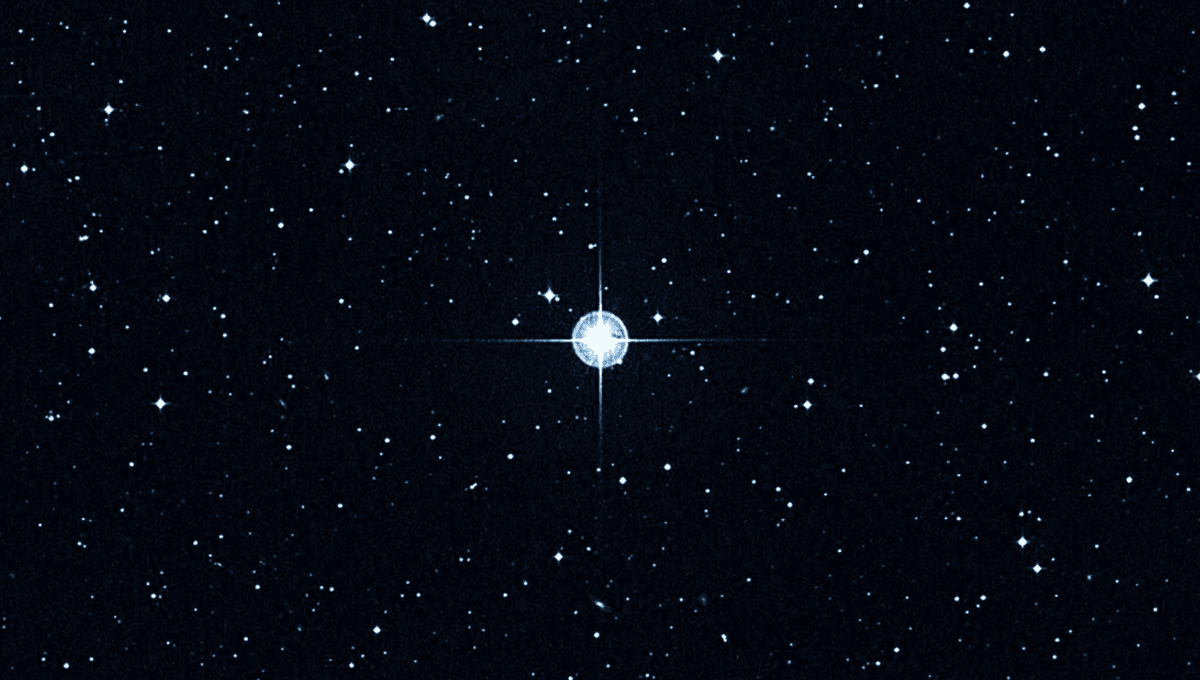Warm summer nights in August offer a front-row seat to some of the most mesmerizing star clusters in the sky. According to EarthSky.org, this month brings prime viewing opportunities for three of the most spectacular stellar groups visible from the Northern Hemisphere, all without leaving your backyard.
What Makes Star Clusters Cosmic Marvels
Star clusters are stellar congregations born from the same interstellar cloud. These groups can range from a few dozen stars to several hundred thousand, bound by gravity and categorized as either open clusters or globular clusters. Open clusters typically reside within the spiral arms of galaxies like our Milky Way, and over millions of years, they are gradually pulled apart by gravitational forces. Globular clusters, by contrast, are densely packed, spherical star swarms that orbit the galactic halo and contain some of the oldest stars in the galaxy.
There are roughly 150 globular clusters and more than 1,000 open clusters in the Milky Way. Many of these appear as faint, hazy patches of light visible even to the naked eye under dark skies. With patience, dark adaptation, and averted vision — looking slightly off-center — these clusters become even more prominent. The human eye’s rod cells, which specialize in low-light vision, are most sensitive this way, allowing for a clearer glimpse into these cosmic gatherings.
The Great Hercules Cluster: A Giant in the Summer Sky
The first star cluster to seek out is the Great Hercules Cluster, officially known as Messier 13. Located around 25,000 light-years from Earth in the constellation Hercules, this globular cluster is one of the most iconic deep-space sights for summer stargazers. You’ll find it between the bright stars Vega and Arcturus, anchored by the Keystone asterism — a four-star diamond shape that marks the heart of Hercules.
To locate M13, sweep your binoculars or telescope between Zeta Herculis and Eta Herculis, two stars near the neighboring constellation Bootes. Through binoculars, you’ll see a soft, glowing orb, but a telescope with at least a 6-inch aperture will begin to reveal its core of over 100,000 stars, all crammed into a space just a few dozen light-years across. These ancient stars have been shining for over 11 billion years, offering a direct glimpse into the early days of our galaxy.


The Hyades: The Nearest Star Cluster to Earth
Next, turn your attention to Taurus, the bull-shaped constellation rising in the east before dawn. Just above Venus and Jupiter, you’ll spot the Hyades Cluster, a prominent open cluster shaped like a sideways ‘V’. This ‘V’ outlines the bull’s face, flanked by the horn stars Elnath and Tianguan (Zeta Tauri). Located a mere 150 light-years away, the Hyades is the closest open cluster to Earth.
The orange-hued star Aldebaran, marking the bull’s right eye, appears within the cluster but is actually much closer — only 65 light-years from Earth. This foreground star often confuses beginners, but careful viewing reveals the broader spread of stars that make up the true Hyades cluster. It’s an excellent target for binoculars, revealing a wealth of stars arranged in a stunning geometric pattern.


The Pleiades: The Seven Sisters Return to the Morning Sky
Just 10 degrees above the Hyades in the pre-dawn sky lies the Pleiades, one of the most recognizable and celebrated open star clusters. Often referred to as the Seven Sisters, the Pleiades comprises more than 1,000 blue-white stars, though its seven brightest members dominate the view through binoculars. The cluster shines in the early morning like a miniature dipper of sparkling diamonds.
The Pleiades are located around 440 light-years from Earth and are still enveloped in a faint reflection nebula — remnants of the gas and dust cloud from which they formed. As a relatively young cluster, estimated at 100 million years old, the Pleiades offer a dynamic and photogenic contrast to the ancient, red-tinged stars of globular clusters like M13. Their position just above Taurus makes them an easy and rewarding target before sunrise.
Source link

